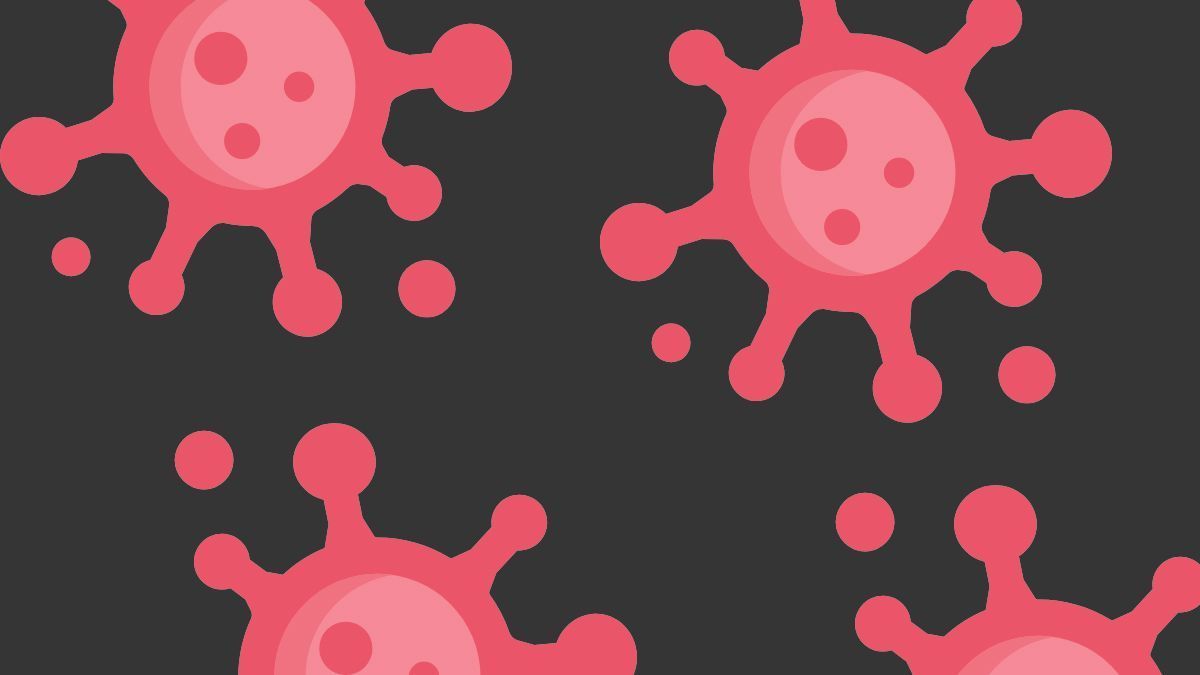The incidence of tracheobronchitis in children tripled after the emergence of the Omicron strain
U.S. health officials have found that the spread of the Omicron strain has led to a tripling of the number of cases of tracheobronchitis and other upper respiratory tract diseases in children infected with SARS-CoV-2. The scientists’ findings were published in an article in the journal JAMA Pediatrics.
“Our observations show that the number of cases of acute upper respiratory tract infections in children increased dramatically after the Omicron strain began to spread across the United States. Although they do not occur as frequently in absolute terms, further study of these COVID-19 manifestations will help assess the risk of airway blockage and select appropriate treatment for the child,” the researchers write.
As early observations of the coronavirus outbreak in Wuhan showed, children are significantly less likely to contract SARS-CoV-2 and experience almost no severe COVID-19 symptoms as their parents or people of age. That said, children are capable of transmitting the coronavirus to others if it does manage to enter their bodies.
Such features of children’s immunity have sparked a lot of debate about whether children should be vaccinated against COVID-19 and whether they should be hospitalized in clinics. This debate became especially intense after the emergence of the “omicron” strain, which infects children significantly more often than other varieties of SARS-CoV-2.
A team of U.S. physicians led by Blake Martin, an assistant professor at Colorado State University in Aurora, was interested in how the spread of the “Omicron” strain affected the incidence of tracheobronchitis and other upper respiratory diseases in children and adolescents.
To get this information, the physicians analyzed data that was collected by their colleagues in the national N3C project aimed at studying the effects of COVID-19 infection among residents of all regions of the United States. More than 18 thousand children who had coronavirus infection between March 2020 and the middle of February 2022 took part in his work.
Analysis of their case histories showed that a relatively small but significant proportion of children had suffered tracheobronchitis and other complications associated with SARS-CoV-2 penetration into the upper respiratory tract, with the proportion increasing about threefold since the emergence of the omicron strain. Before that, it was about 1.5 percent; after that, it rose to 4.1 percent.
According to the scientists, a significant proportion of children with tracheobronchitis, about 20% of them, needed intensive care and connection to artificial respiration systems to reduce the risk of airway blockage and death from sudden cardiac arrest. This factor should be considered when treating children with COVID-19 and selecting the best therapy for them, Martin and colleagues summarized.
